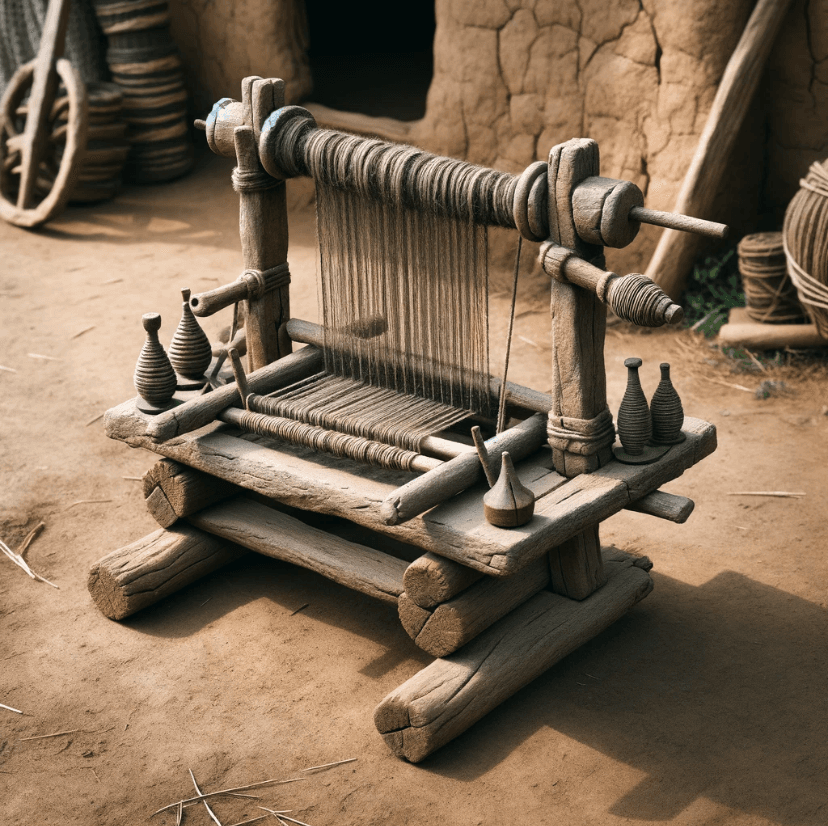Textile in Prehistoric Anatolia

The earliest known examples come from Çatalhöyük, a 9000-year-old settlement where many textile pieces were found. These were first identified as linen and were thought to have come from outside the region. However, when the samples were examined with a scanning electron microscope, it was seen that these fabric pieces were made of oak bark fibers, not linen.The most concrete data revealing the existence of textile production in the Chalcolithic Gülpınar Tumulus are spindle whorls.In the İzmir-Ulucak Tumulus in Western Anatolia, BC. Remains of woven fabrics belonging to the years 6400-6090 were found.Disc-shaped spindle whorls from a small number of sherds in the Early Chalcolithic (5500-5300 BC) level at Gökçeada- Uğurlu Höyük in the North Aegean; A small number of clay spindle whorls are noteworthy in the layer dated to the Middle Chalcolithic period (4500-4350 BC).A 4500-year-old piece of rope was found in Kütahya Seyitömer Mound. The abundance of terracotta spindle whorls (weights used in weaving looms) indicates the existence of a developed weaving industry in the settlement.Archaeological evidence shows that from the 4th millennium BC,has been switched from plant-based textile production to wool-based production in Anatolia.




